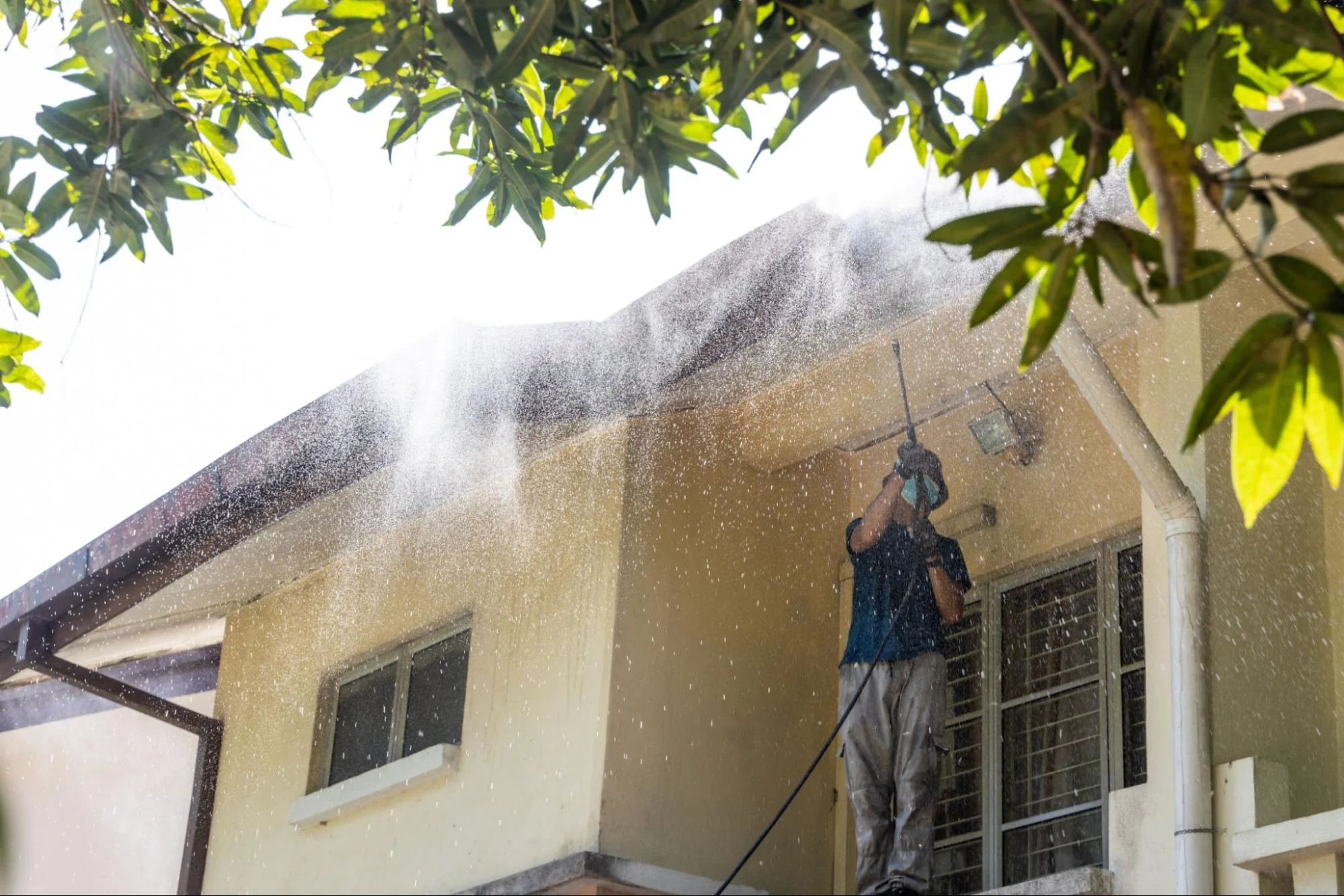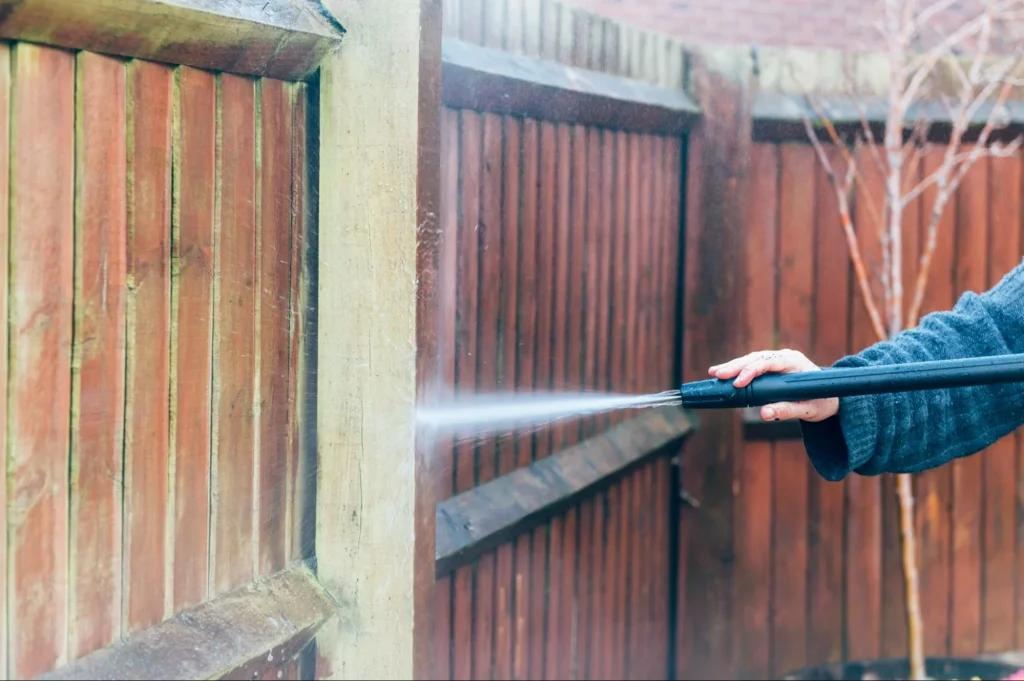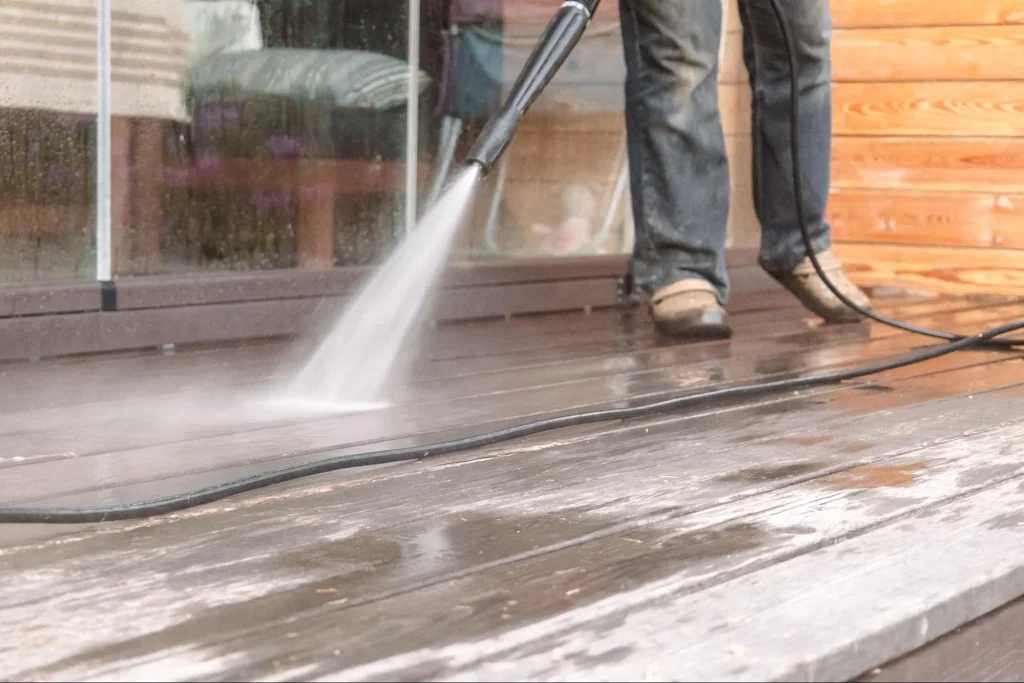
Pressure washing is an effective way to clean your home’s exterior, driveways, and decks. To ensure your project is both safe and successful, it’s essential to follow proper techniques and best practices. Knowing how to prepare for the task and execute it properly can save you time and effort while protecting your surfaces from damage.
As a homeowner, you want your outdoor spaces to look their best. Understanding how to use a pressure washer safely will help you achieve a thorough cleaning without risking injury or harm to your property. Equipped with the right tips, you can transform your space while enjoying a sense of accomplishment.

Preparation is key to a successful pressure washing job. You need to ensure you have the right equipment and take necessary safety measures before you start cleaning. Additionally, understanding the area that needs attention will help you achieve better results.
Knowing how to use your pressure washer is crucial. Whether you choose an electric pressure washer or a gas pressure washer, read the manual before getting started. Check the PSI (pounds per square inch) rating, as higher numbers mean more power for tougher stains.
Ensure you have the right nozzles for various surfaces. Different colors represent different spray patterns, like 0°, 15°, 25°, and 40°. For example, a 15° nozzle works well on concrete, while a 40° nozzle is better for delicate surfaces like wood.
Before you begin, put on protective gear. Wear safety goggles to shield your eyes from debris, along with gloves to protect your hands from harsh chemicals. Closed-toe shoes are also essential to prevent injuries.
Make sure the power source is safe. If you’re using an electric pressure washer, double-check outlets for damage. For gas models, ensure adequate ventilation. Always keep a safe distance from moving parts and avoid pointing the nozzle at people or pets.
Take time to examine the area you plan to clean. Look for fragile items that might get damaged, such as plants, furniture, or decorations. Move them out of the way before you start.
Check for any electrical outlets, light fixtures, or other hazards around the cleaning zone. Identify any surfaces that may need special detergents, particularly for stains or mildew. Being aware of these factors will help you work efficiently and avoid potential issues during your pressure washing task.

To achieve clean surfaces without causing damage, you need to follow effective washing techniques and ensure proper post-washing maintenance. Both steps are essential for successful pressure washing.
Start by selecting the right nozzle tips for your pressure washer. Each tip creates different spray patterns and pressure settings, which can impact your efficiency. For example, a wide spray is best for large areas, while a narrow tip is great for tough stains.
Always maintain a distance of 6 to 12 inches from the surface. This distance helps prevent damage while effectively loosening dirt and grime. Use a consistent washing technique, moving the wand in a sweeping motion, and overlapping each pass slightly.
Incorporate a surface cleaner attachment for large flat areas like driveways and patios. This helps cover more ground quickly while maintaining uniformity. Remember to rinse thoroughly after washing to remove any residue, especially when using chemicals or detergents.
After pressure washing, it’s crucial to perform maintenance on your equipment. Check the pressure washer for clogs or wear. Clean or replace the nozzle tips if necessary to ensure optimal performance for future jobs.
Inspect the surfaces you washed for any damages that may have been revealed during cleaning. Look for cracks or worn spots on your siding and other surfaces. Repair any issues promptly to prevent further damage.
Lastly, store your pressure washer properly. Drain the water to avoid freezing or internal damage. Keeping your equipment in good shape means less chance of breakdown and costly repairs. Regular maintenance will ensure your pressure washer remains effective for years to come.
When pressure washing, safety, and technique are key to effective results. Here are some essential tips:
Best Practices include:
By following these guidelines, you can achieve a clean and polished look while keeping safety at the forefront.
For safety precautions, always wear protective gear such as safety goggles, gloves, and closed-toe shoes. This will protect you from debris and chemicals.
Make sure to check the condition of your equipment before use. Avoid pointing the nozzle at people or pets and stay clear of electrical lines.
Use detergents specifically designed for pressure washing. These are often labeled as pressure washer detergents and come in various formulas for different surfaces.
For tougher stains, a mild bleach solution can be effective on mold and mildew. Always follow the manufacturer’s instructions for mixing and dilution.
Start from the top and work your way down. This prevents dirty water from running over clean areas.
Use a consistent sweeping motion, overlapping each pass slightly. This helps to evenly cover the surface and ensures no spots are missed.
Read the manufacturer’s manual carefully before beginning. Familiarize yourself with the parts and controls of the machine.
Start with a test on a small, inconspicuous area to gauge the pressure and effectiveness. Adjust settings as needed based on the surface.